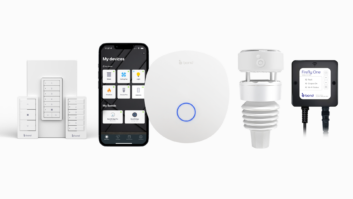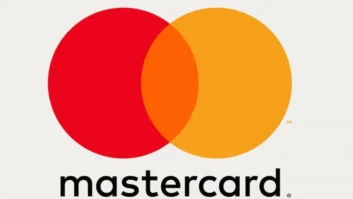
After more than 14 years since it began operations in the United States, Oppo Digital has announced that it is ending the production of its Ultra HD Blu-ray players and other hardware products.
Given the high visibility of these products in the custom installation market, it is important to note that Oppo will continue to provide system updates (as required), support, and service after the final production runs are completed and inventory is sold through.
Long a favorite in the enthusiast, high-end, and custom installation markets, Oppo players have been noted for being the first Ultra HD Blu-ray player to add Dolby Vision and for audio-centric features such as 7.1 channel analog outputs fed by top of the line DACs.
Although Oppo was the first to offer Dolby Vision, there is no void for that technology as it is now available via upgrades to models from LG, Philips, and Sony. Further, advancing the market, the competing HDR-10+ system (though not Dolby Vision) is now available on new Panasonic and upgraded Samsung models. Indeed, Panasonic will be the only brand planning to offer both competing HDR systems. Its DP-UB820, introduced at CES 2018, will uniquely have the 7.1 analog output, which has drawn many audiophile customers to Oppo.
See: Oppo’s High-Res Audio Announcements At CES 2018
To assess the impact of Oppo’s departure from the hardware business, we asked Tom Campbell, corporate director for Los Angeles-based Video & Audio Center (VAC) what impact this might have on the market. As VAC has both retail storefronts as well as a custom integration business operating under the One Touch banner, the answers were interesting.
Although VAC has done well in attaching players to 4K UHD set sales, his experience was that was not generally any significant “walk-in” retail side business. Instead, he offered, customers tend to gravitate toward the same brand of player as their TV for a unified system and control experience.
Praising Oppo as a “great brand” that has done well in custom installations, particularly with large-screen front projectors, Campbell did not point to any one specific brand to take Oppo’s place. Rather, he said, given the constant improvement in features and performance of the other brands, the decision is one that will be made on a system-by-system basis by their sales consultants and system designers in conjunction with the individual customer.
In light of Oppo’s decision, some are posing the broader question as to what the long-term outlook will be for 4K UHD optical players and physical playback media. This is a valid concern in a market environment where streaming devices and services are growing rapidly. However, given the solid base of brands and models, the availability of a wide range of HDR format options, and stable, high-quality, audio and 4K UHD video playback without the need for high bandwidth connections, there is still a viable place in the market for Ultra HD Blu-ray. Oppo’s departure may be a hiccup, but it should not greatly impact the optical player market at this time.













